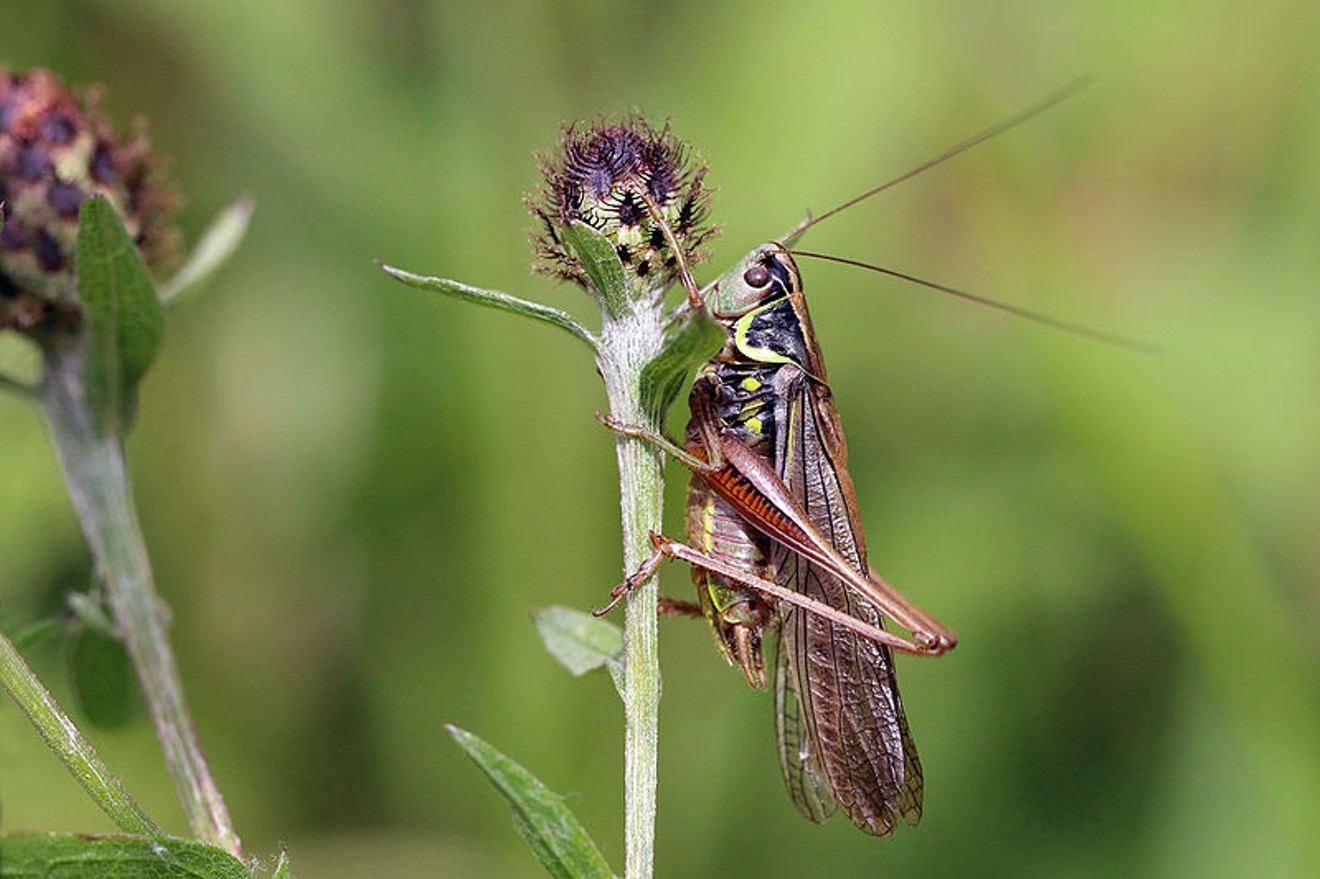Since then, scores of theories have arisen about the so-called attacks, which allegedly injured the diplomats' brains. Some suggested the Russians or Chinese were behind the plot. Others posited the Cubans used microwave radiation instead of ultrasound devices.
But now scientists have actually found a plausible explanation for the noises: Caribbean crickets.
According to a peer-reviewed study released Friday, researchers at the University of California, Berkeley and the University of Lincoln — a research institution in the United Kingdom — have matched the sound almost perfectly to the noise emitted by a common Cuban bug: the Indian short-tailed cricket. Researchers say the AP recording sounds just like the insect's mating call.
"As shown here, the calling song of the Indies short-tailed cricket (Anurogryllus
This theory actually matches the claims of the Cuban government: In early 2018, the Miami Herald briefly mentioned Cuban officials had gathered sounds of crickets near America's diplomatic offices in Havana and suggested the "nefarious" noises were simply bugs. But American officials claimed the Cuban government might have been using "ultrasound" devices to either attack or spy on them. (One theory is that the "ultrasound" noises might have just been latent mechanical noise from basic surveillance equipment, including microphones or hidden cameras.)
The U.S. government, of course, still maintains the State Department workers suffered real brain injuries. (In November, the New Yorker detailed how multiple diplomats appeared to have suffered brain injuries and subsequently flunked cognitive and coordination tests administered in U.S. hospitals. American diplomats in China have also reported feeling similar symptoms.) The new study does not dispute these claims. But scientists, biologists, and political analysts have also been skeptical for more than a year that any sort of attack occurred at all: The Herald has previously reported that State Department officials in Cuba could have simply suffered mental or health breakdowns due to increased stress levels during the Trump era, for example. Likewise, critics — including prominent neurologists — have assailed some of the medical studies that U.S. doctors conducted on the State Department employees when they returned to America.
The cricket theory also helps explain why the supposed source of the alleged attacks keeps shifting: In September 2018, unnamed intelligence officials told multiple media outlets that the "sonic attacks" might have come from "microwave" devices. The Cuban government also disputed this claim, and a University of Pennsylvania researcher wrote an op-ed published in Scientific American stating it is basically impossible to remotely microwave someone's brain without also frying human skin or the contents of a diplomat's room. The bioengineer, Kenneth Foster, also mentioned that U.S. media accused the Soviet government in 1972 of microwave attacks that wound up being significantly less nefarious than the press made them sound.
In a somewhat hilarious twist, the AP reported in October 2017 that the "sonic attack" recordings had been sent to the U.S. Navy for "further analysis." Now it appears that a bunch of Navy scientists were almost definitely just listening to male Cuban crickets trying to get laid.












